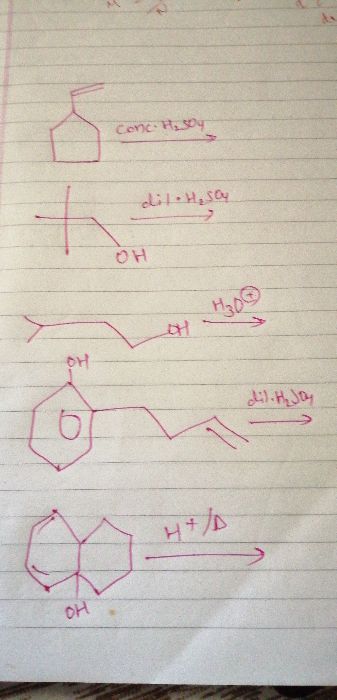CBSE Class 11-science Answered
Explain that halogens are o-, p- directors, but are deactivating.
Asked by Topperlearning User | 01 Jun, 2016, 14:59: PM
The electronegative halogens inductively withdraw e-(s)from all the carbon atoms of the ring of the σ complex, and the o- , p- and m- benzonium ions each have a higher ∆H‡than that of the cation from benzene .The halogens have unshared electrons and can delocalize electron density to the o- and p-carbon atoms. Halogens are said to be Π-donating but σ - withdrawing.
Answered by | 01 Jun, 2016, 16:59: PM
CBSE 11-science - Chemistry
Asked by maibamjohnny89 | 15 Jan, 2022, 21:38: PM
CBSE 11-science - Chemistry
Asked by dubeyanubhav65 | 18 Jan, 2021, 21:52: PM
CBSE 11-science - Chemistry
Asked by guptaserendri | 01 Jul, 2020, 15:58: PM
CBSE 11-science - Chemistry
Asked by Topperlearning User | 24 Jul, 2014, 15:46: PM
CBSE 11-science - Chemistry
Asked by Topperlearning User | 25 Jul, 2014, 07:11: AM
CBSE 11-science - Chemistry
Asked by Topperlearning User | 01 Jun, 2016, 14:59: PM
CBSE 11-science - Chemistry
Asked by Topperlearning User | 01 Jun, 2016, 14:54: PM
CBSE 11-science - Chemistry
Asked by Topperlearning User | 04 Jun, 2014, 13:23: PM
CBSE 11-science - Chemistry
Asked by Topperlearning User | 25 Jul, 2014, 07:18: AM
CBSE 11-science - Chemistry
Asked by Topperlearning User | 01 Jun, 2016, 14:54: PM


